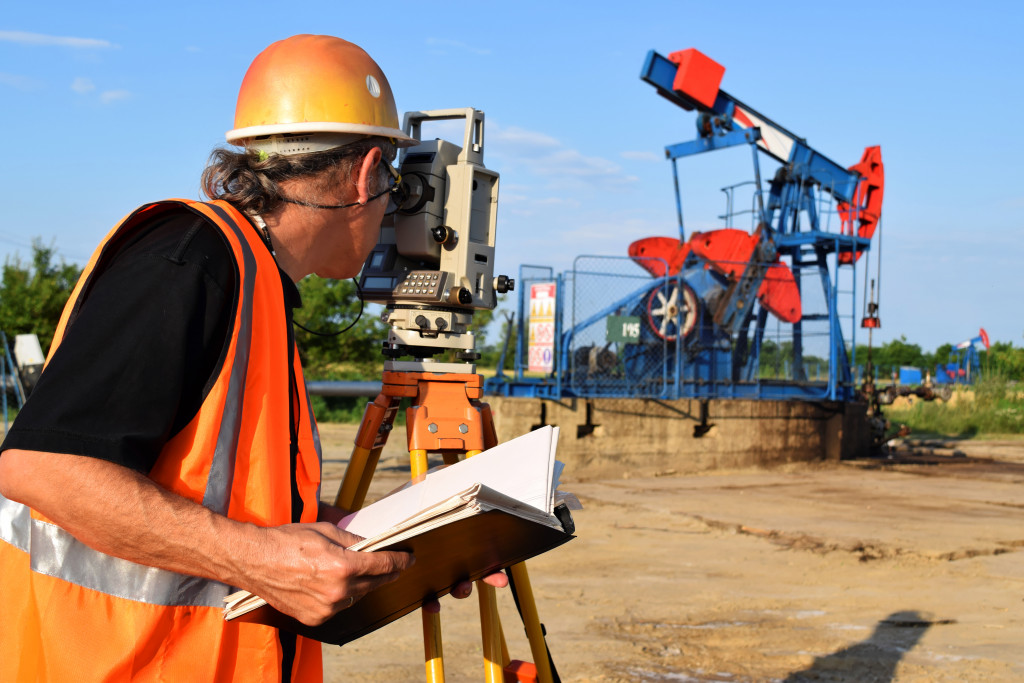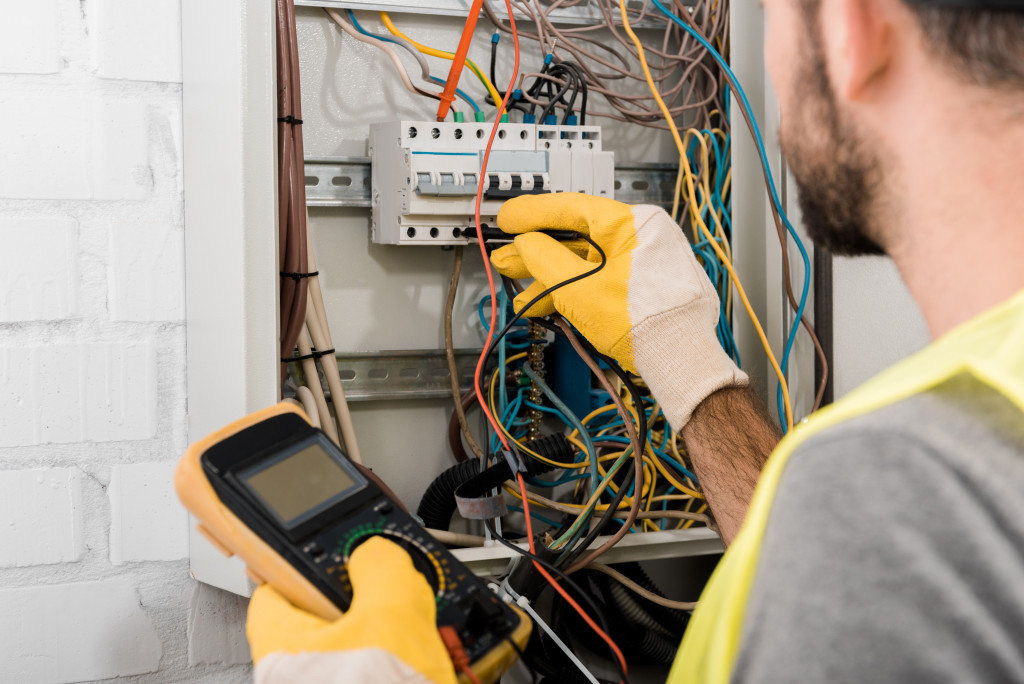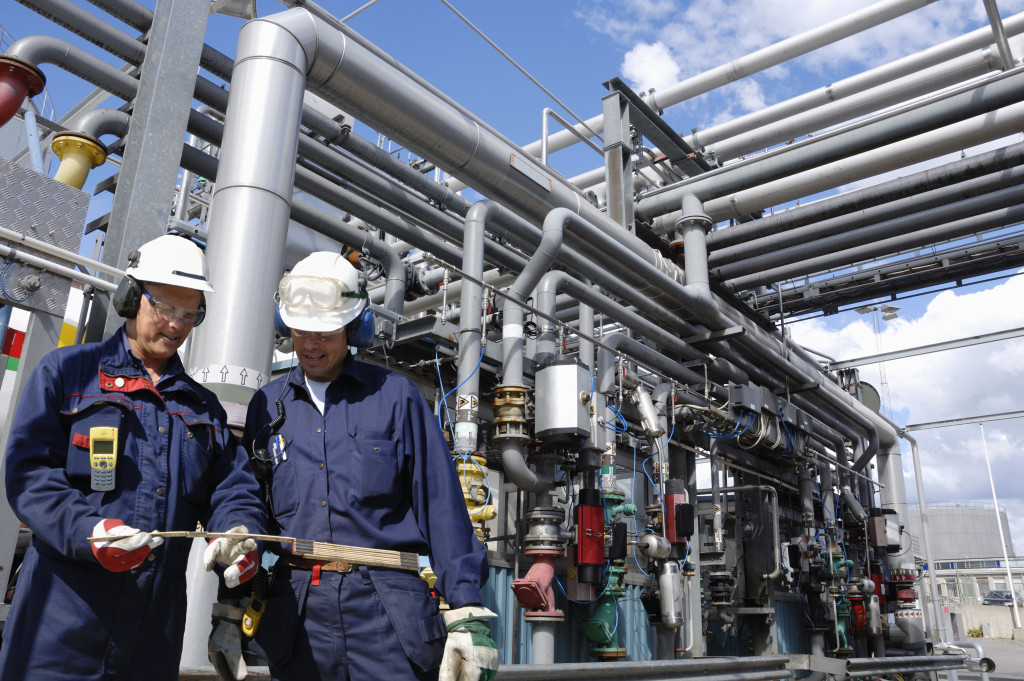- Prioritize safety in the factory design through proper use of protective equipment, hazard communication, and safety drills.
- Hire industrial electrical contractors for efficient, safe, and reliable electrical infrastructure and backup systems.
- Design an efficient workflow by focusing on ergonomics, zoning, and one-way traffic flow to boost productivity.
- Regularly review and update safety procedures to maintain a safe, productive, and profitable factory environment.
Designing a safe and optimized industrial factory is not just about meeting legal requirements, but it also ensures the overall productivity, profitability, and safety of the employees. As aspiring entrepreneurs and investors, it is crucial to understand the importance of designing a factory with the right principles in mind. This blog post will provide valuable tips that can guide you in designing a safe and optimized industrial factory.
Prioritize Safety
The safety of your employees should be top of mind when designing an industrial factory. Invest in safety equipment such as safety glasses, gloves, helmets, and boots. Also, ensure the factory is adequately ventilated to prevent exposure to hazardous chemicals or gases. Here are some practices that you can teach your employees to emphasize safety:
Proper Use of Protective Equipment
The effectiveness of safety equipment hinges on its correct usage. It’s not enough for employees to just have safety glasses, gloves, or helmets – they must know how to use them properly. Training sessions should be conducted to educate workers about the correct way to wear and utilize these pieces of protective equipment, and regular reminders should be given about their importance. Additionally, regular checks should be in place to ensure all safety equipment is in good working condition.
Hazard Communication
An effective communication system plays an essential role in maintaining safety in an industrial factory. Employers must establish procedures to alert employees about potential hazards, either through signage, labels, alarms, or a combination of these. Workers should be trained to understand these signals and know the immediate actions required in case of emergencies. Furthermore, periodic updates about new hazards or changes in safety procedures should be communicated promptly to all staff members.
Safety Drills
Regular safety drills are an integral part of a robust safety program. They ensure that all employees are well-versed in the evacuation procedures during emergencies. It’s recommended to conduct these drills under various scenarios, such as fire breakouts or chemical leaks, to prepare workers for different emergency situations. It’s crucial to review and analyze the effectiveness of these drills, making necessary improvements to ensure optimal response times and procedures.

Get Industrial Electrical Contractors
When planning your industrial factory design, it’s crucial to seek the expertise of efficient industrial electrical contracting. Entrusting your electrical systems to these professionals can ensure that your factory is equipped with an energy-efficient, safe, and reliable electrical infrastructure.
They can provide valuable advice on the best electrical solutions that can optimize your factory’s operations while ensuring adherence to the strictest safety standards. Also, industrial electrical contractors can assist in designing and installing a backup power system to minimize downtime during power outages.
In most cases, industrial electrical contractors are well-versed in the latest industry trends, technologies, and regulations. They can help you stay ahead of the curve and implement innovative solutions to improve your factory’s overall efficiency and safety.

Efficient Workflow Design
An efficient workflow is paramount in maintaining productivity in an industrial factory. This involves laying out the factory floor in a way that streamlines operations, minimizes movement, and reduces the chances of accidents or bottlenecks. Consideration should be given to the following:
Ergonomics
Ergonomics plays a critical role in designing an efficient factory workflow. It involves creating a workplace that is tailored to the physical capabilities of your employees, hence reducing the risk of work-related injuries and boosting productivity. The placement of machinery and equipment, the design of workstations, and even the layout of the factory floor should all be considered from an ergonomic perspective.
Zoning
Zoning is an essential aspect of an efficient workflow design. It involves dividing the factory into various zones based on the type of work being done in each area. With proper zoning, similar activities are grouped together, which leads to less movement of materials and personnel, reducing time wasted and increasing productivity.
One-Way Traffic Flow
Incorporating a one-way traffic flow in your factory design is a strategic move to enhance safety and productivity. It helps reduce unnecessary movement and congestion, thereby minimizing the risk of accidents or collisions between personnel and machinery. Additionally, a well-defined one-way traffic flow ensures a smoother and faster transportation of materials within the factory, contributing to operational efficiency.
Designing a safe and optimized industrial factory is crucial for the overall success of any business venture. Prioritizing employee safety, seeking expert advice from industrial electrical contractors, and implementing an efficient workflow design can go a long way in achieving this goal. Remember to regularly review and update your factory’s safety procedures and systems to keep up with the ever-changing industry standards. By following these tips, you can create a safe, productive, and profitable environment for your employees and business.

